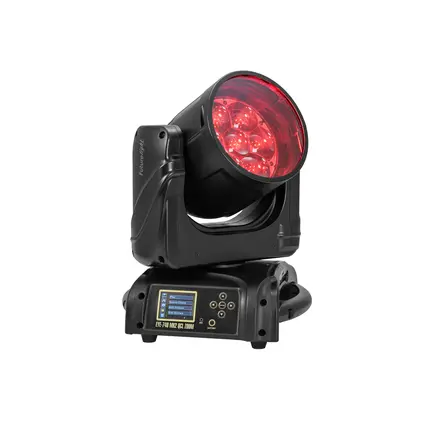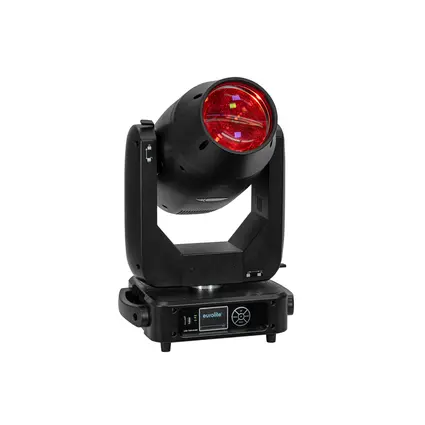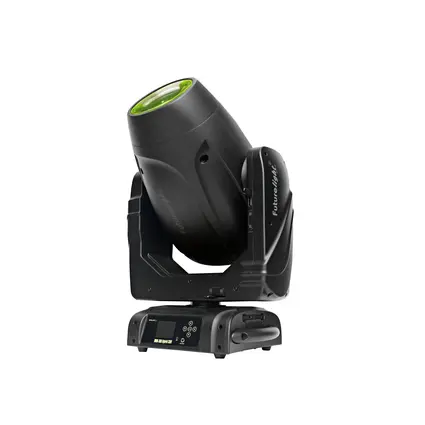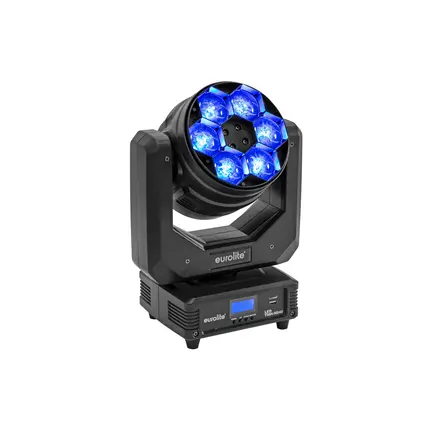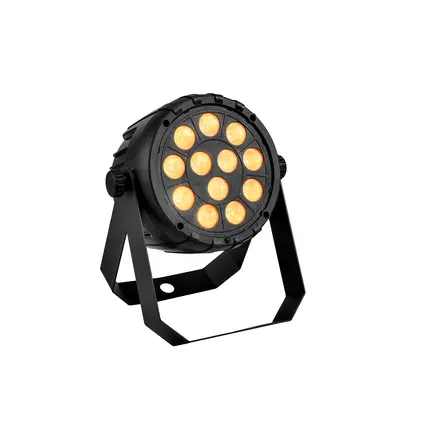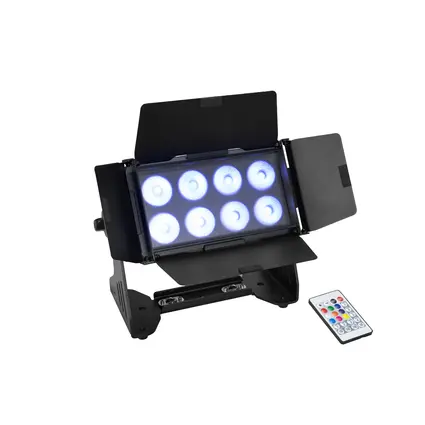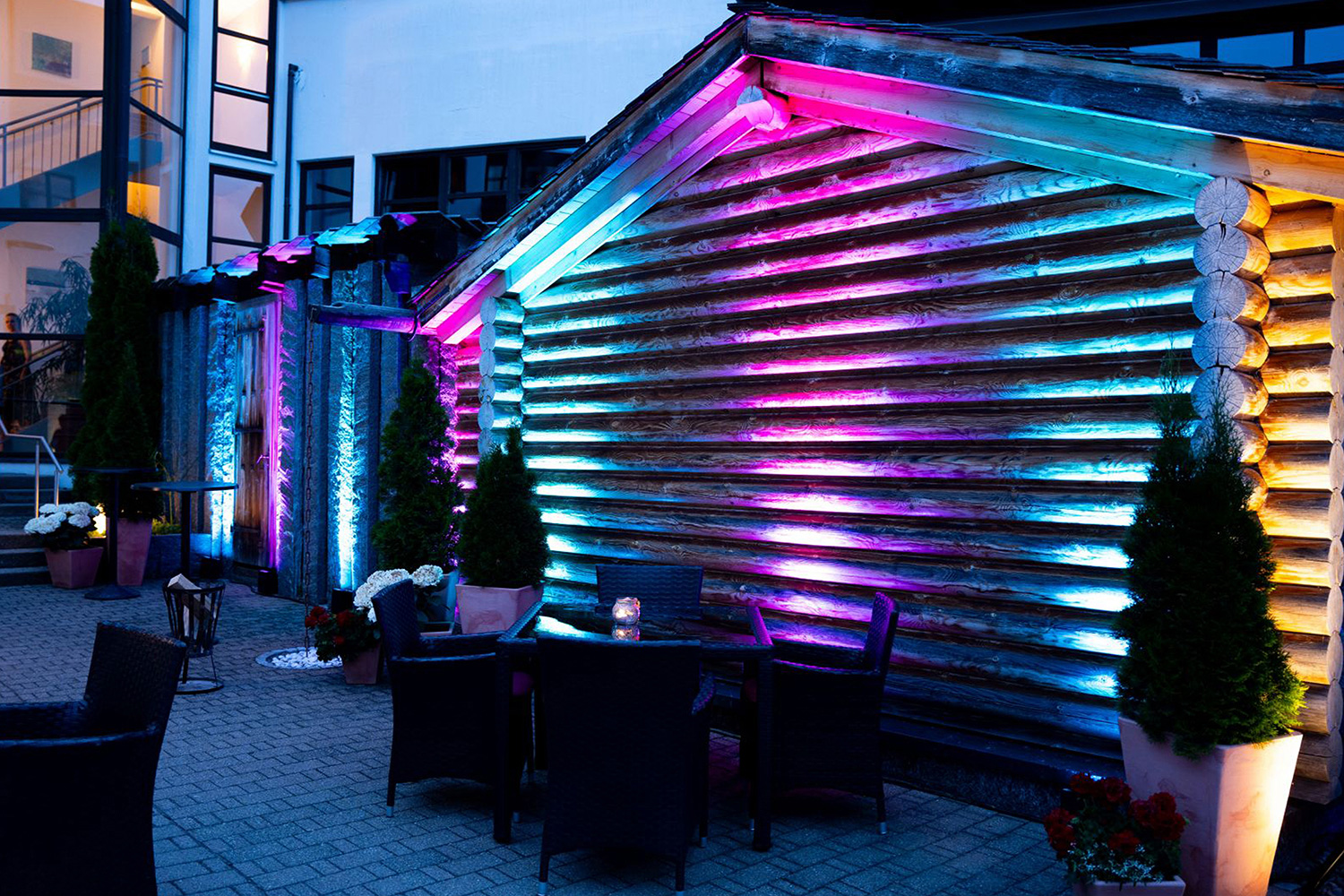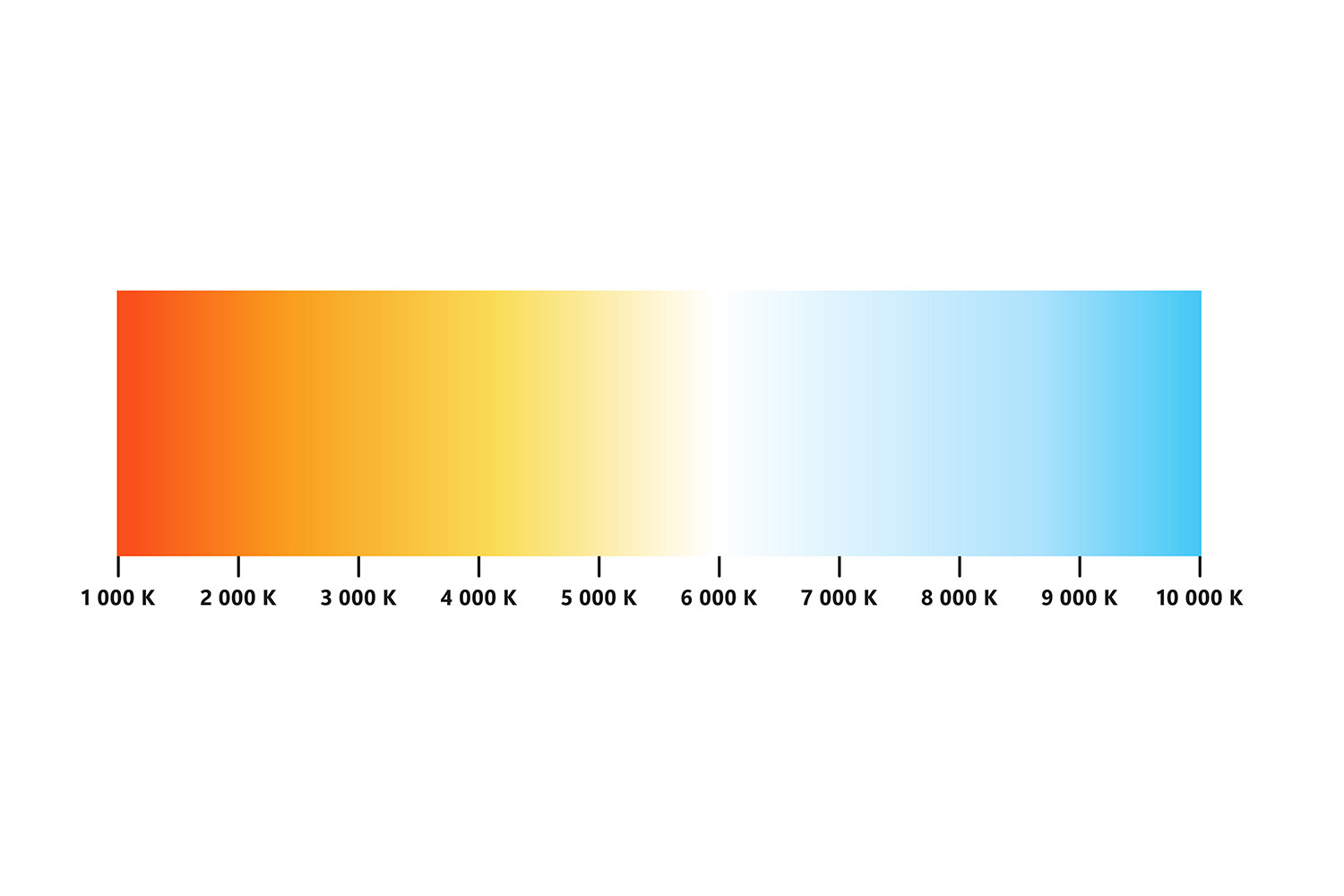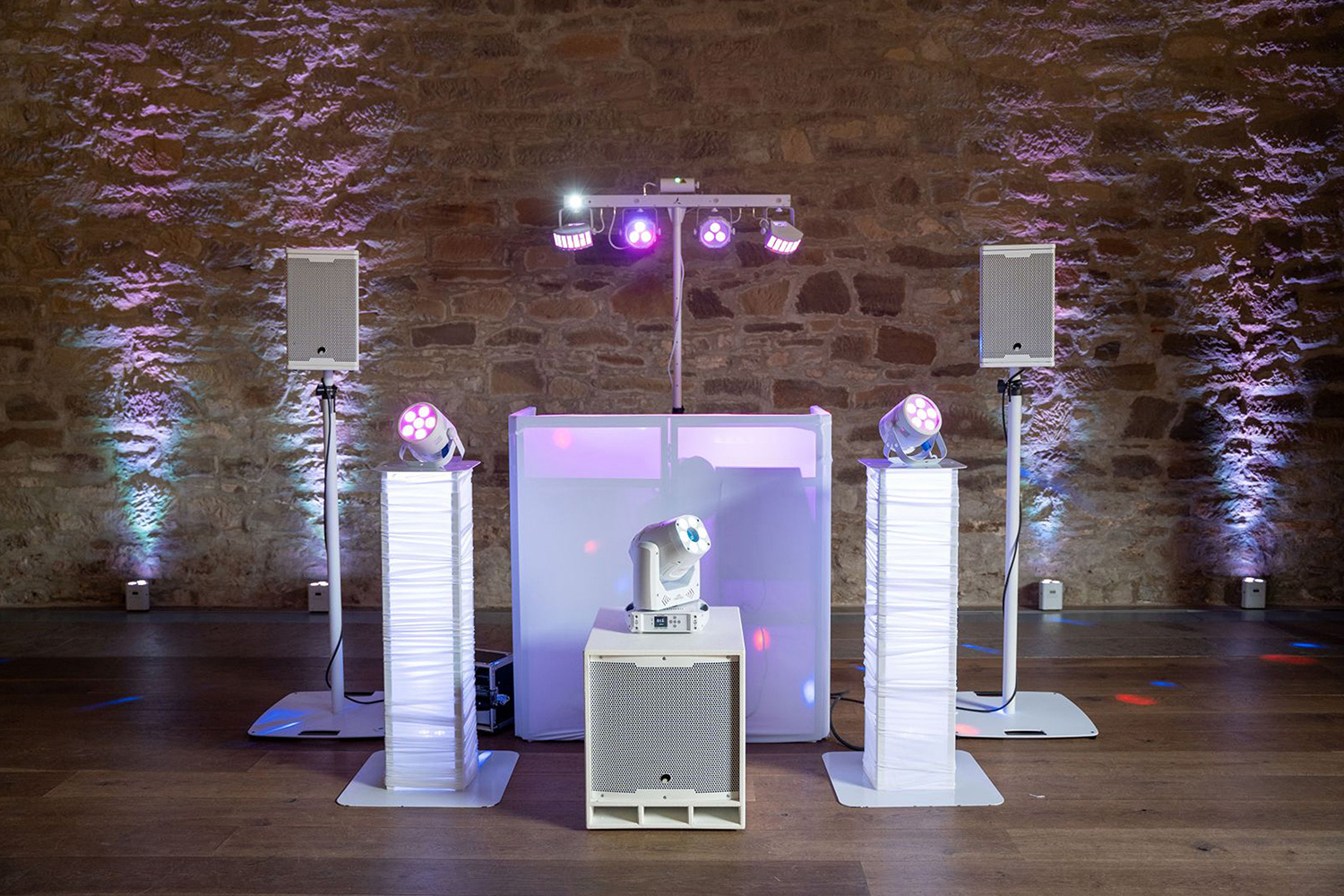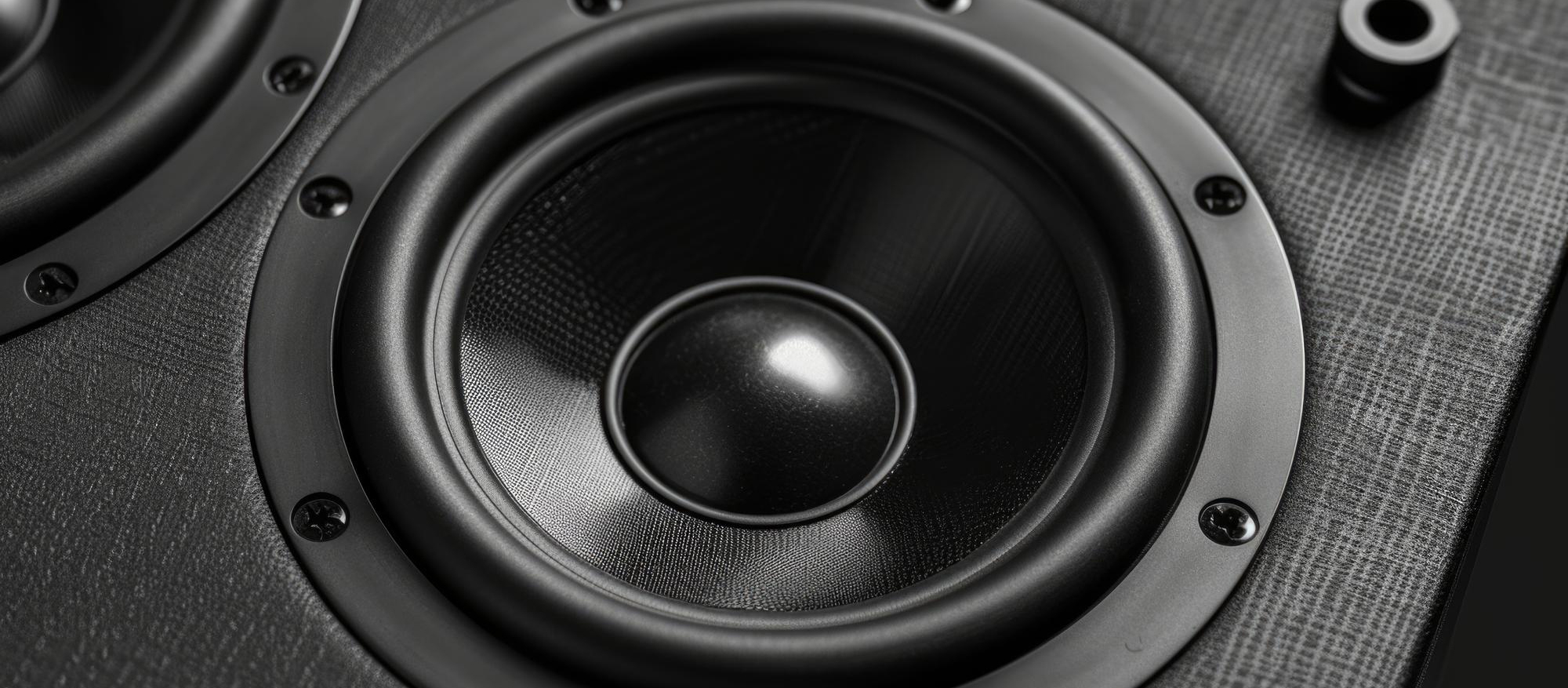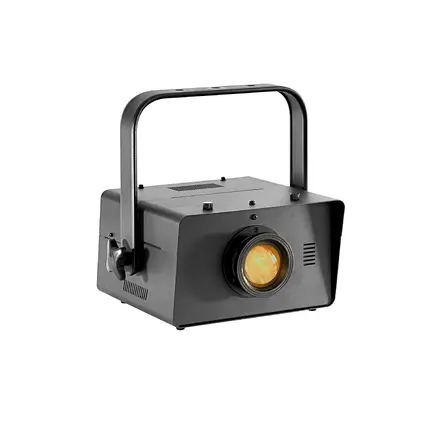
Lighting plays a crucial role in any production: whether it's a stage performance, a gallery exhibition, or the lighting design for an event. It's not just about the type of light and the power of the spotlight, but also about the beam angle of the light. But what exactly is the beam angle, and why is it so important? What do the technical specifications like 1/2-Peak and 1/10-Peak mean, which are often found in the specifications of spotlights? In this blog article, we will address these questions and show you how to properly assess the beam angle of a spotlight to achieve the optimal lighting for your needs.
But first, let's take a look at the basics:
Contents
1. What is the beam angle of a spotlight and why is it important?
The beam angle of a spotlight describes the angle at which light exits the spotlight. This angle is crucial for illuminating the area to be lit: A spotlight with a wide beam angle illuminates a large area but with less intensity at the same light output. A spotlight with a narrow beam angle illuminates a smaller area but with relatively higher intensity. While spotlights usually offer a precise beam angle for focused light, wash lights provide broader and more even lighting, ideal for atmospheric effects. This, in turn, makes accurately determining the beam angle more challenging, as a clear boundary of the light cone is not discernible.
2. What do the terms 1/2-Peak and 1/10-Peak mean for a spotlight?
Often in the technical specifications for spotlights, you'll find the terms "1/2-Peak" and "1/10-Peak." These refer to the intensity of the light, measured at a specific angle from the center of the light beam. The 1/2-Peak value indicates the angle within which the light intensity reaches at least half of its maximum intensity. The 1/10-Peak value describes the angle within which the light intensity reaches at least one-tenth of the maximum intensity. This measurement is especially important for wash lights: Since the light usually fades softly outward and doesn't have a hard boundary, the angles of the 1/2-Peak and 1/10-Peak are used to determine the beam angle.
3. How can I use the 1/2-Peak and 1/10-Peak values in my work?
These rather theoretical specifications become interesting when using wash lights to illuminate a larger area, for example. The 1/2-Peak value can be used to determine the distances between individual wash lights: You can calculate how far the light beam of the first wash light extends and where the light beam of the second wash light needs to overlap it to ensure the area is evenly lit.
4. Conclusion
Proper lighting is crucial for any production, whether on stage, in a gallery, or at an event. The beam angle plays a decisive role, as it significantly determines how far and intensely an area is lit. By understanding the terms 1/2-Peak and 1/10-Peak, we can better assess a spotlight's performance and use it optimally for our needs: While the beam angle for spots is relatively straightforward due to their clearly defined light cone, the 1/2-Peak and 1/10-Peak values help estimate the illuminated area for wash lights. This ensures even lighting of larger areas.
